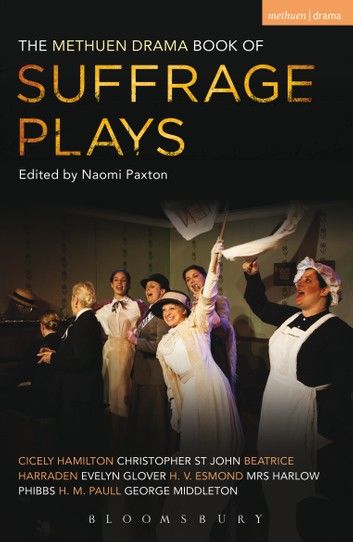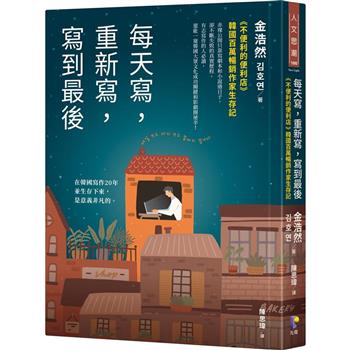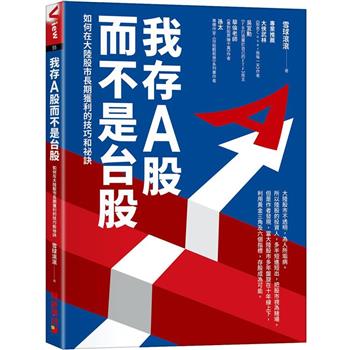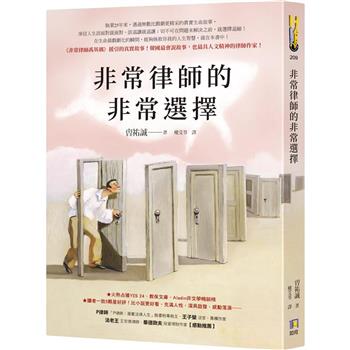| FindBook |
有 1 項符合
The Methuen Drama Book of Suffrage Plays的圖書 |
 |
The Methuen Drama Book of Suffrage Plays 作者:Cicely Hamilton,Christopher St John,Beatrice Harraden,H.V. Esmond,H.M. Paull,Harlow Phibbs,George Middleton,Naomi Paxton,Evelyn Glover 出版社:Bloomsbury Publishing 出版日期:2013-01-31 語言:英文 |
| 圖書館借閱 |
| 國家圖書館 | 全國圖書書目資訊網 | 國立公共資訊圖書館 | 電子書服務平台 | MetaCat 跨館整合查詢 |
| 臺北市立圖書館 | 新北市立圖書館 | 基隆市公共圖書館 | 桃園市立圖書館 | 新竹縣公共圖書館 |
| 苗栗縣立圖書館 | 臺中市立圖書館 | 彰化縣公共圖書館 | 南投縣文化局 | 雲林縣公共圖書館 |
| 嘉義縣圖書館 | 臺南市立圖書館 | 高雄市立圖書館 | 屏東縣公共圖書館 | 宜蘭縣公共圖書館 |
| 花蓮縣文化局 | 臺東縣文化處 |
|
|
The Methuen Drama Book of Suffrage Plays is an anthology of eight exciting pieces written for and by members of the Actresses Franchise League from 1909-13. Immediately playable, they offer strong, varied roles for female casts, while also providing invaluable source material to students and scholars from a wide range of disciplines.
Featuring 'How The Vote Was Won' which remains one of the most popular and well known suffrage plays, the volume also includes seven shorter works:
'Lady Geraldine's Speech' (1909), a fantastic, fun piece for actresses. Lady Geraldine hasn't thought through the Suffrage cause and, on a visit to an old school friend meets some charismatic, successful and intelligent women who soon enlighten and encourage her on to the right path!
'Pot and Kettle' (1909), a comic piece in which a young woman returns to her family in great distress having assaulted a suffragette who was sitting near her at a Anti-Suffragist meeting.
'Miss Appleyard's Awakening' about an anti-suffrage campaigner who finds herself in the home of a sympathizer but ends up inadvertently drawing her hostesses' attention to the contradictions in her arguments
'Her Vote' by the actor and playwright Henry Esmond which provides an interesting male viewpoint on the movement, criticizing the young suffragist for wanting to be part of a movement about which she seems to understand little.
'The Anti-Suffragist or The Other Side', a charming, clever monologue about a sheltered young woman who finds herself increasingly involved with her local Anti-Suffrage society and increasingly puzzled by what she learns there.
'The Mother's Meeting', an entertaining monologue that uses a working class character to expose the inconsistencies in the Anti-Suffrage arguments.
'Tradition' was first performed at a matinee for the Woman Suffrage Party held at the Berkeley Theatre in New York City on Saturday 24 January 1913.
The plays featured articulate the arguments of the Suffrage Movement through a variety of styles, both comic and serious, and perfectly illustrate the use of drama as a medium for social change and entertainment. Together with illustrations and an introduction charting the history of the Actresses Franchise League and exploring the context and provenance of the plays, this is an excellent resource for both study and performance.
|









